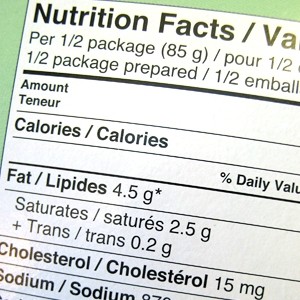Experts reiterate call for calorie count reform

Energy value of foods is most often allocated by using the Atwater general factor system, in which the main food components – protein, fat, and carbohydrate – have a single energy factor, regardless of the food in which they are found or how they are processed. Carbohydrates and proteins are considered to contain four calories per gram, fat nine calories per gram, and the system also includes a value of seven calories per gram of alcohol.
But momentum has been building to overhaul the way that calories are calculated, as evidence increasingly points to energy being locked up in the structure of some foods, meaning that it is not used by the body – while other research has suggested that cooking could increase the availability of energy.
“There needs to be some kind of reform of food energy evaluation throughout the world if it is to be representative of foods, including specific digestibilities,” said Dr Geoffrey Livesey, an independent nutritionist addressing conference delegates at SIAL this week.
“We may overestimate the energy density of high protein and high fibre foods.”
Professor Martin Wickham of Leatherhead Food Research said that measuring how much energy in foods is actually used in the body is not easy. He praised a recent study carried out by Novotny et al. published in the American Journal of Clinical Nutrition, which found that almonds contained about 20% less energy than previously thought, by measuring energy excreted in faeces and urine.
“What we eat is not necessarily absorbed,” he said. “…Not all energy is taken up by the body.”
Wickham added that there are two approaches being used to evaluate the caloric value of foods; measuring energy balance, as in the Novotny study, or using calorie conversion factors to estimate caloric content.
This latter is “of course less accurate because it is only a model of the real world,” Wickham said.
The Almond Board of California is in discussions with the European Food Safety Authority (EFSA) and food authorities in the US to reduce the amount of calories allocated to almonds on food labels following the Novotny study results.
Similar findings were made after US research into pistachios last year.









